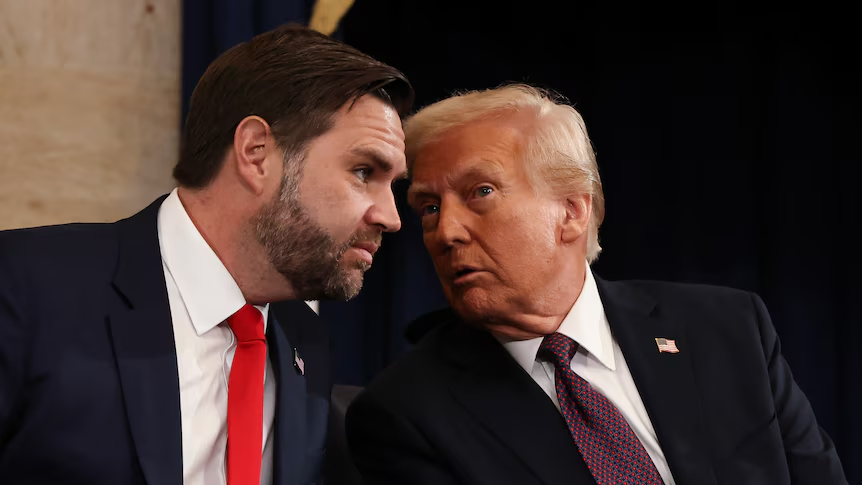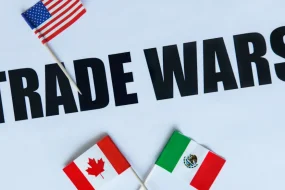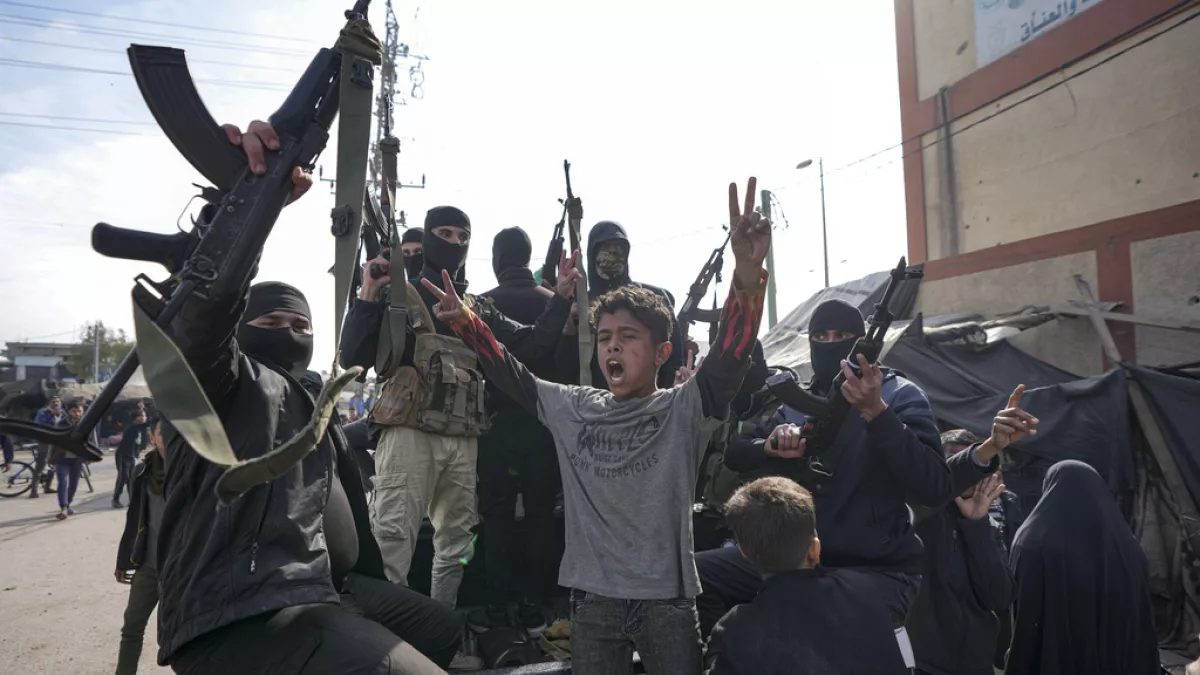
Recent reports of a ceasefire between Israel and Hamas have sparked cautious optimism for peace in the region. Following weeks of intense violence, the announcement of a temporary halt in hostilities offered a glimmer of hope for those affected by the ongoing conflict. But as the dust settles, the key question remains: Will the ceasefire hold, or is this just a temporary pause in an ever-deepening cycle of violence?
The Background of the Ceasefire Agreement
The most recent ceasefire was brokered with the assistance of regional and international mediators, primarily Egypt and Qatar, who have long played a role in facilitating negotiations between Israel and Palestinian factions, including Hamas. The truce came after significant casualties on both sides, with hundreds of lives lost and extensive damage to infrastructure in Gaza, alongside rockets fired into Israeli territory.
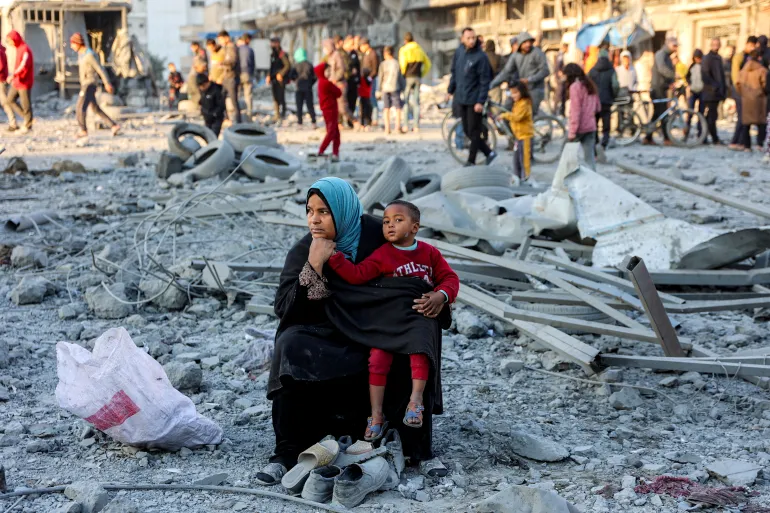
The ceasefire, agreed upon in late 2024, was hailed as a crucial step in de-escalating one of the longest-running conflicts in the world. It followed a particularly brutal exchange of firepower, which included Israeli airstrikes targeting Hamas leaders and infrastructure, and a relentless barrage of rockets launched by Hamas fighters into southern Israel.
Despite the ceasefire being in effect for a few weeks, the situation remains highly volatile. The tension that has existed for decades between the two sides is unlikely to dissipate overnight. In many ways, the ceasefire feels more like a temporary measure than a permanent solution.
Factors Influencing the Ceasefire’s Durability
- Underlying Grievances and Power Dynamics
A significant obstacle to lasting peace is the deep-rooted animosity between Israel and Hamas, as well as the broader Israeli-Palestinian conflict. Hamas, a militant group that controls Gaza, is ideologically committed to the destruction of Israel, and its leadership has stated that their ultimate goal is the liberation of Palestine. On the other hand, Israel views Hamas as a terrorist organization and sees its continued existence as a direct threat to its security.Until the core issues—such as the status of Jerusalem, borders, security, refugees, and the future of Gaza—are addressed in any meaningful way, it is highly unlikely that this ceasefire will lead to long-term peace. - International and Regional Influences
The role of international actors is pivotal. While countries like Egypt, Qatar, and the United States have supported the ceasefire, their influence is often limited by their own political interests. For instance, the U.S. has traditionally been a strong ally of Israel, while Qatar and other regional players have maintained relationships with Hamas and other Palestinian factions. As such, there is a complex web of geopolitical considerations at play, and any disruption in this balance could lead to the collapse of the truce.
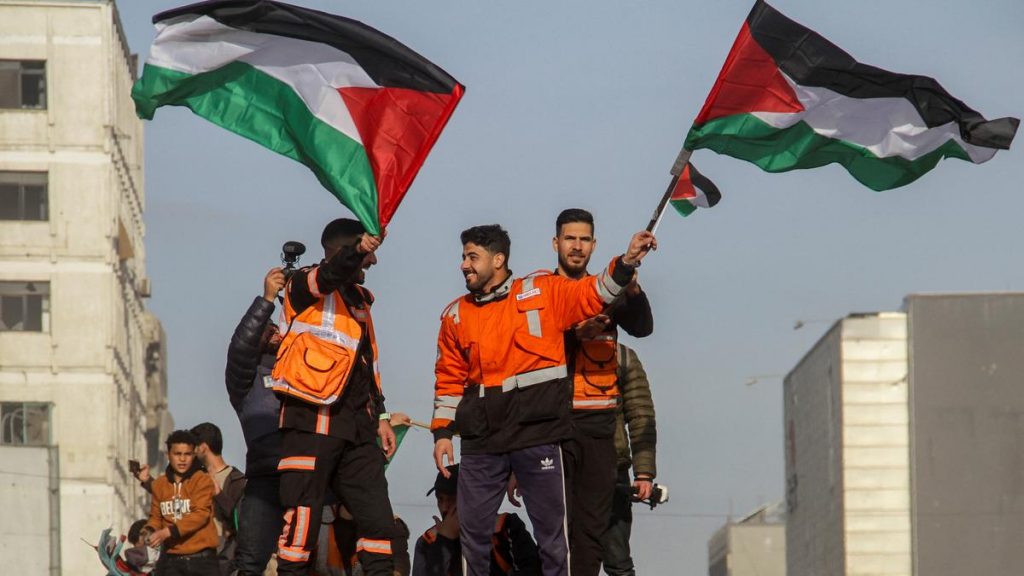
- Hamas’ Internal Pressures
Hamas is not a monolithic entity, and it faces internal pressures from various factions within Gaza. Some of these groups may be more inclined toward continued violence rather than a negotiated peace, especially if they feel that a ceasefire limits their ability to advance their own agenda. Additionally, economic hardships in Gaza, exacerbated by Israeli blockades and periodic military strikes, often push Hamas towards military action as a means of asserting power or rallying public support. - Israeli Politics and Security Concerns
For Israel, the ceasefire may not be seen as a long-term solution but rather a temporary respite to recalibrate its security strategy. Israeli political dynamics also complicate matters; the Israeli government is under pressure to show strength against Hamas, particularly in the face of domestic security concerns. If violence resumes, Israeli leadership may face significant internal and external criticism, which could trigger a return to military action. - The Role of Civil Society
Both Israeli and Palestinian civilians are bearing the brunt of this conflict. While the ceasefire has offered them a temporary reprieve from violence, there is a shared desire for long-term peace. However, without meaningful dialogue and trust-building measures, many are skeptical about the prospects for sustainable peace.
Will the Ceasefire Last?
The prospects of the ceasefire holding in the long run remain uncertain. The immediate signs are mixed—while the cessation of violence has provided much-needed relief to those living in the conflict zone, the underlying issues continue to fester.
The cycle of violence between Israel and Hamas has endured for decades, with each ceasefire merely serving as a temporary break before tensions flare up again. The root causes of the conflict—territorial disputes, security concerns, and political aspirations—are far from resolved. Until these issues are addressed through comprehensive peace talks that involve not only Israel and Hamas but also the broader Palestinian leadership and international mediators, the ceasefire may hold only temporarily.
In conclusion, while there is cautious hope that the ceasefire could provide a foundation for lasting peace, the likelihood of it holding for the long term is uncertain. Much will depend on the willingness of all parties involved to move beyond military confrontation and engage in genuine efforts toward a political resolution. Until then, the people of Gaza and Israel remain caught in a delicate, and often precarious, balance of peace and violence.




